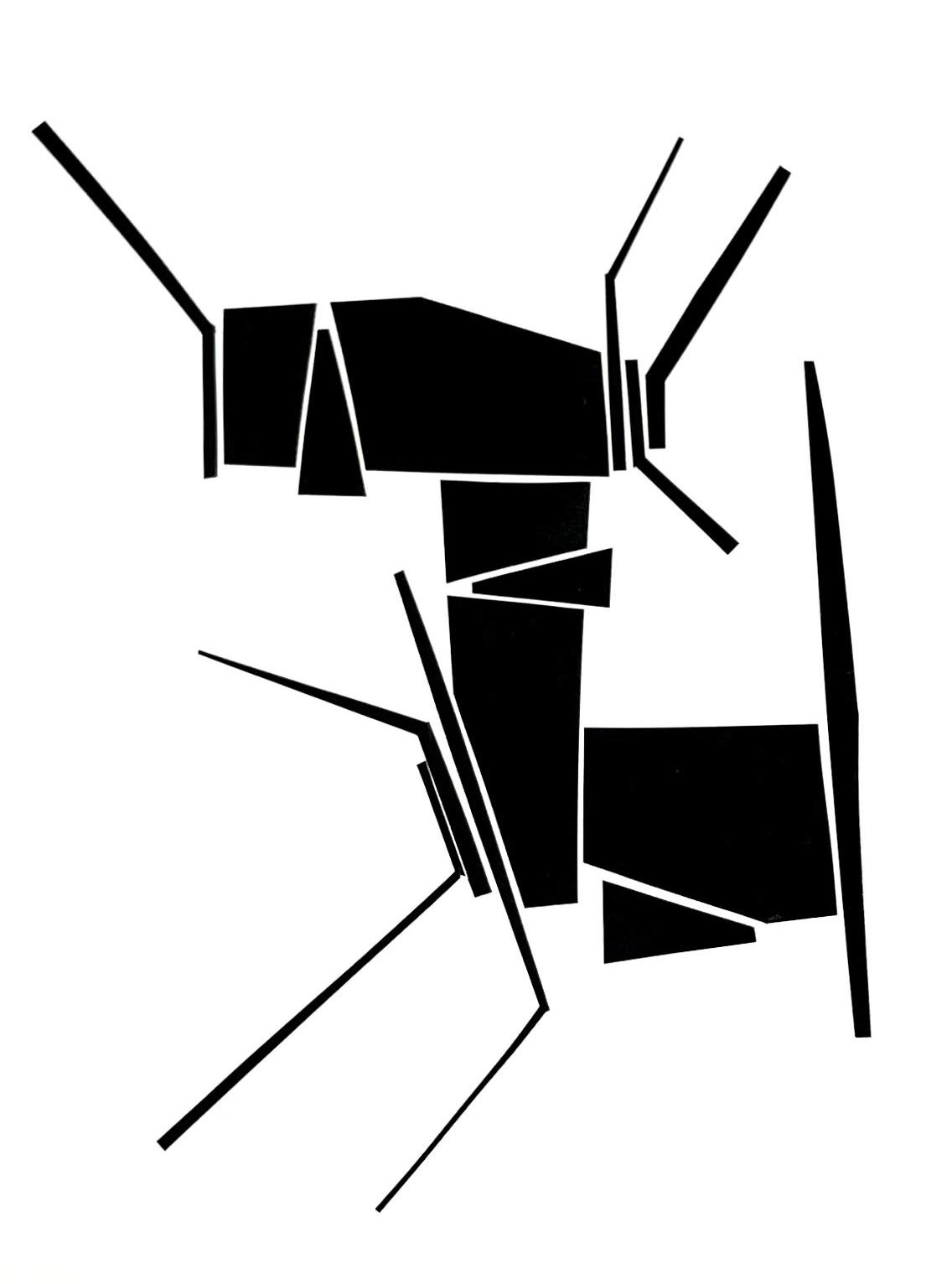
The term “bug” was originally appropriated by 19th century engineers to describe a defect or mechanical malfunction. It was later picked up by software developers to describe flaws in their code. You may have heard the phase: “It is not a bug, it is a feature” (INABISAF). No one knows who said it first, but the expression became popular among software developers in the 1970s. The phrase was intended to be humorous, implying that a mistake or defect was, in fact, intentional. This phase pokes fun at the inherent ambiguity embedded in computer programing. Software and algorithms may be logical, but they are chock-full of shifting assumptions and inputs, making them less than pristine and predictable. However, there is some truth to INABISAF.
We see this in genetic science where glitches in an individual’s genetic code often uncovers the source of certain biological functions.
There are also many instances when mistakes, problems or uncomfortable circumstances provide opportunities to deepen one’s understanding or force one to adapt and develop. This is the idea behind the work shown here, entitled the bug is the feature. This work is one in a series inspired by bugs.
